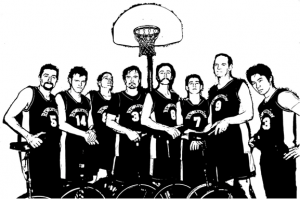Help me! Car Repair Advice
My car has been running a little rough at idle when cold. It would sometimes cut out for a moment and almost stall. The “Check Engine” light came on. It was due for a Test-Only smog check so I took it in for a smog test. The smog guy said the car passed except for the Check Engine light. He handed me a paper describing a $500 repair credit for smog-related repairs from the State.
I took my car to the mechanic at 400 Guerrero. He said, “I looked for a few hours. Maybe it’s the throttle sensor, maybe the computer. I don’t have the equipment to check the computer. Take it somewhere else. I won’t charge you.”
I took my car to a dealer in Walnut Creek, Michael Stead (because all the local Chrysler dealers are closed because of effing General Motors going into the shitter). They replaced the throttle sensor for $500. Before I got home, the problem manifested itself again.
I took the car to the dealer again and now they say it’s an intermittent open connection in the electrical system. They want to charge me $1,800 to replace the entire wiring harness. Is this reasonable?
The dealer will reimburse me the $500 for the mistaken throttle sensor problem. And I should get $500 free money from the state.
If I get a second opinion, might a mechanic be able to find and replace the one bad wire in the electrical system for less than $1,800? Do I dare try cutting and soldering wires myself? I mean, if it’s broken copper in a wire, it’s $1 of wire that’s gone bad.



